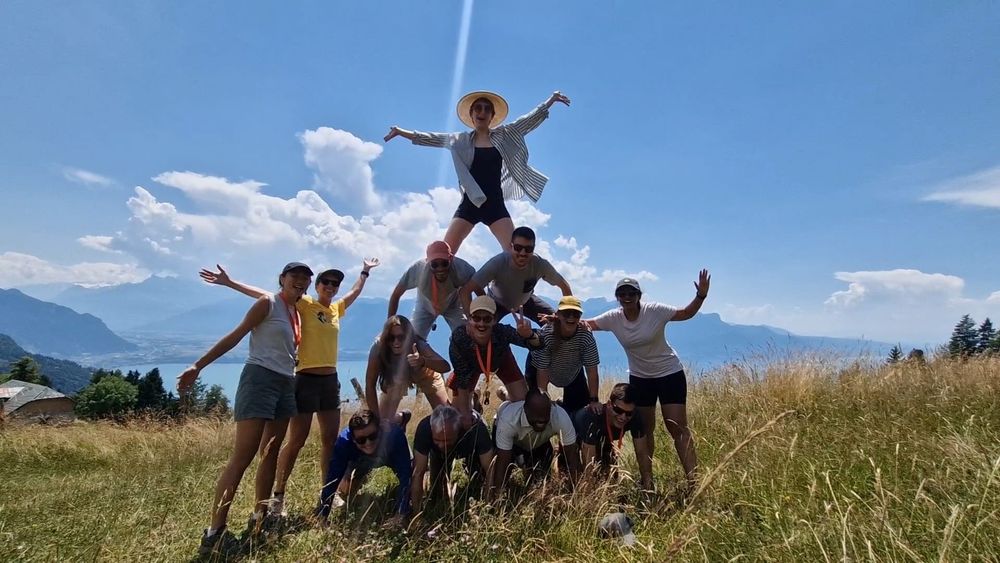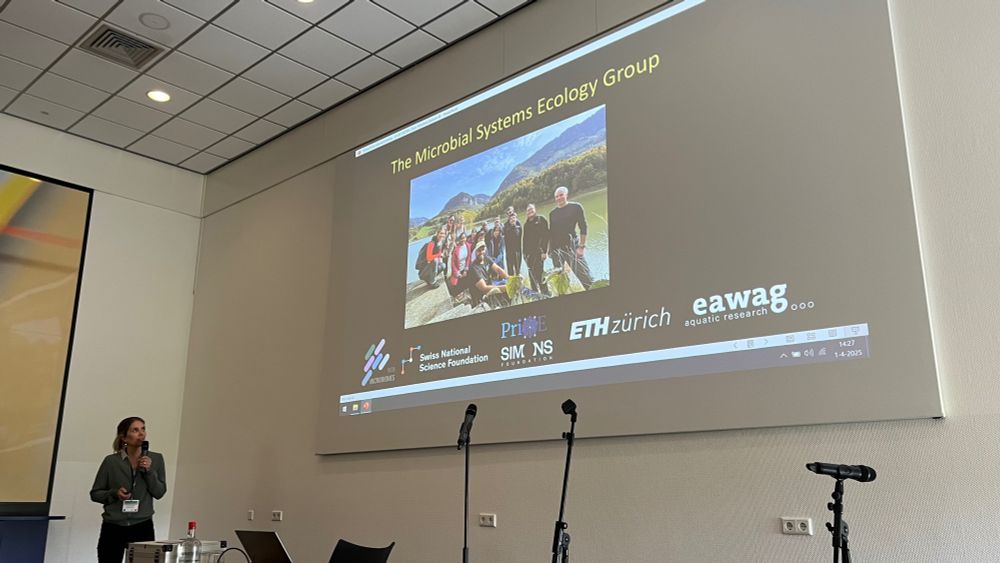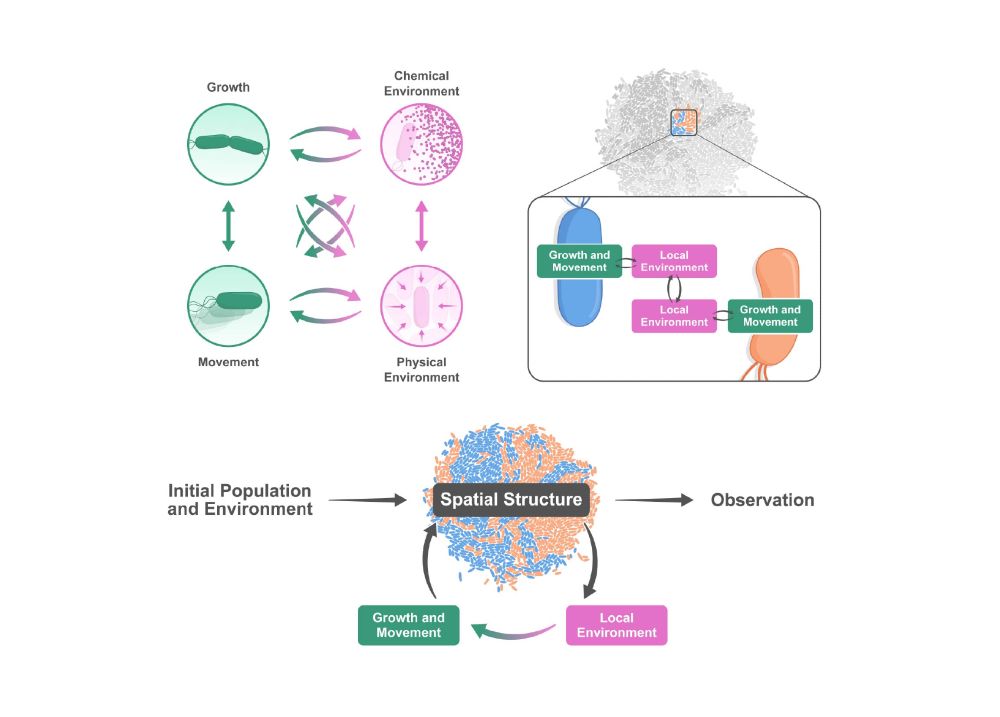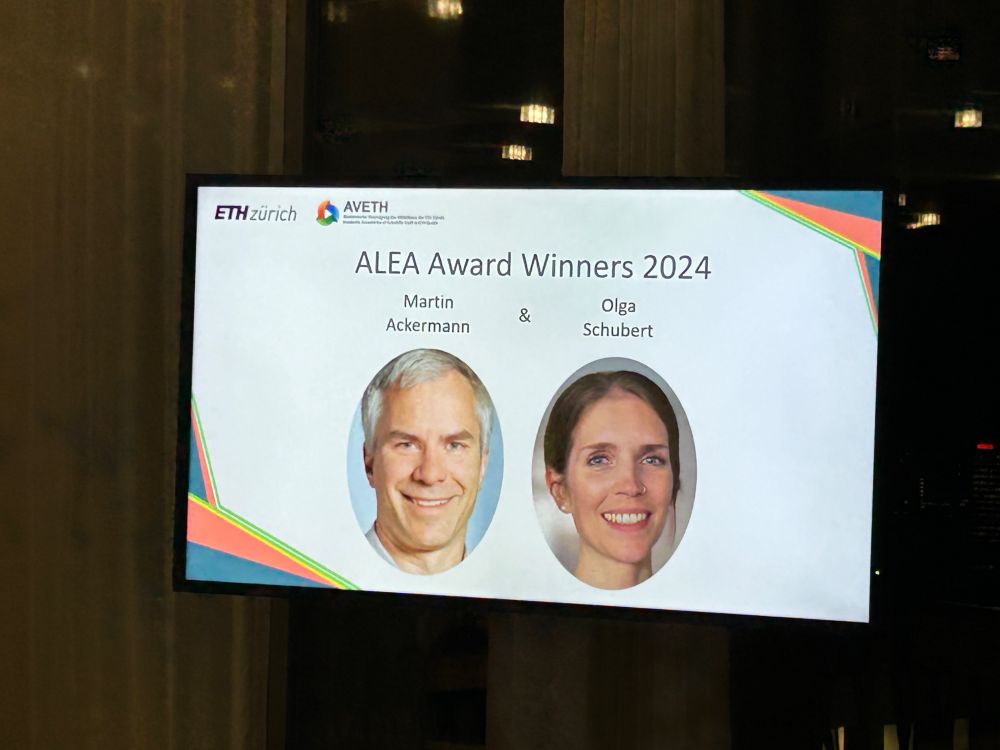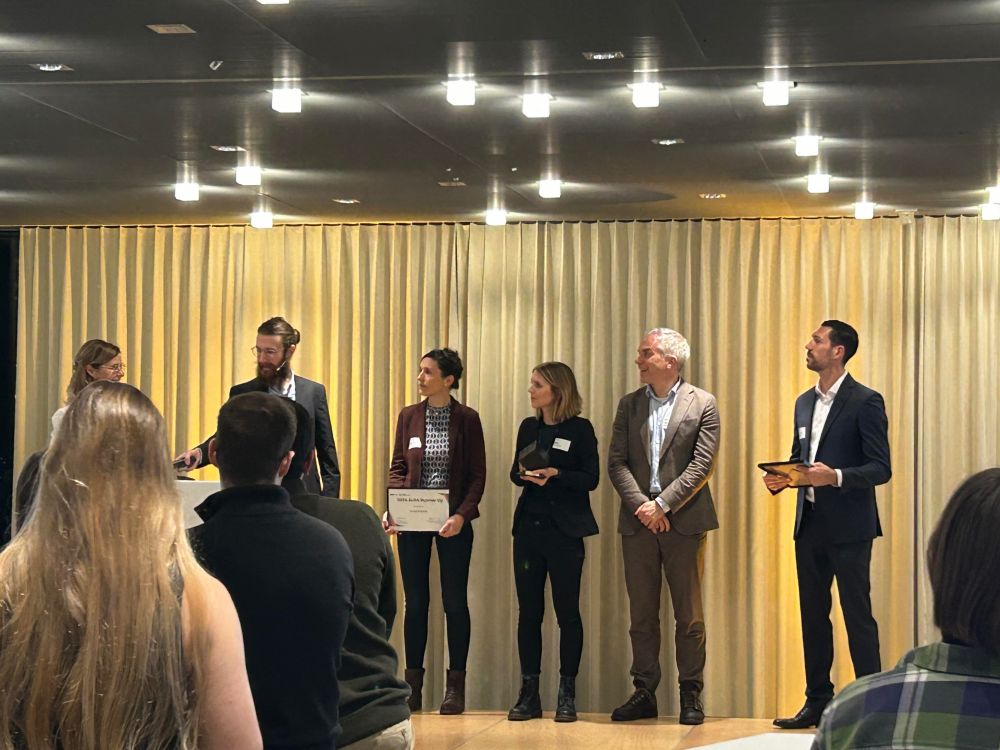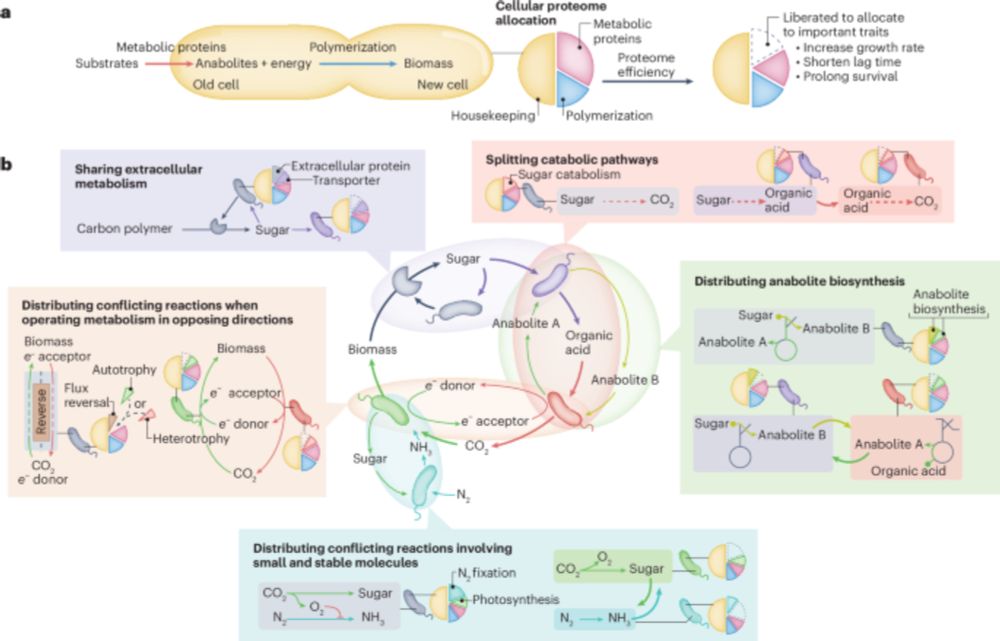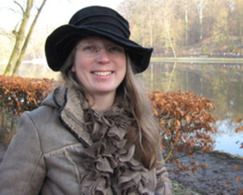Microbial Systems Ecology Lab
@micsysecolab.bsky.social
330 followers
8 following
8 posts
We study general principles that organise microbial systems, at ETH Zürich and Eawag | Posts by group members
https://mse.ethz.ch
Posts
Media
Videos
Starter Packs
Glen Dsouza
@nonresidentdesi.bsky.social
· Jun 13
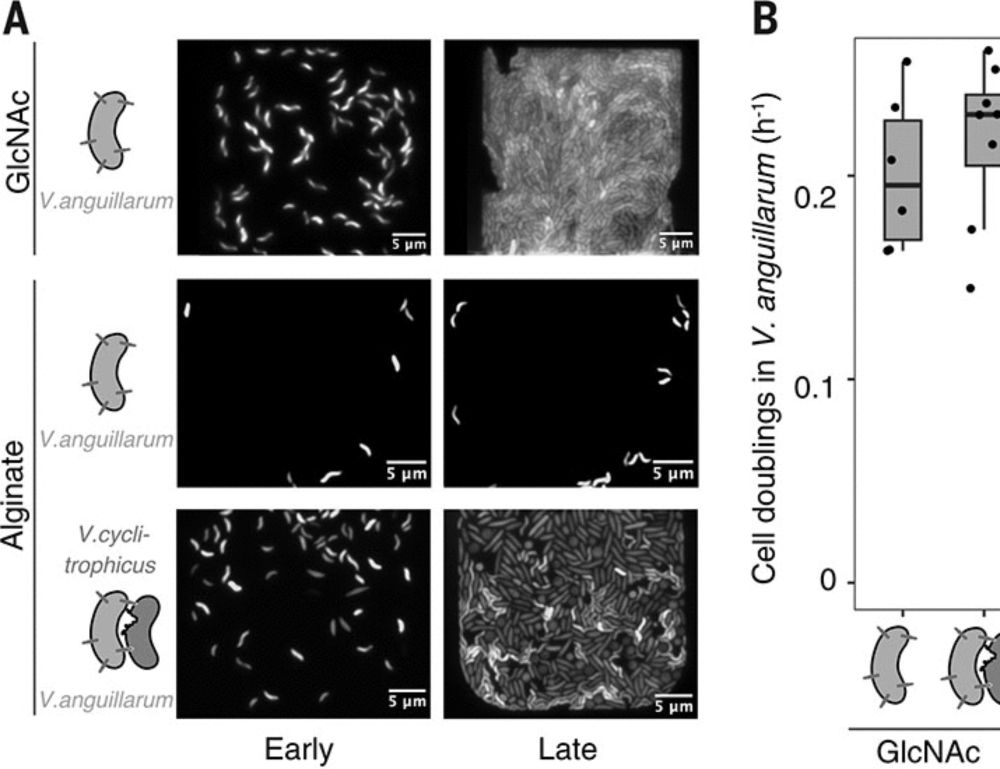
Antagonism as a foraging strategy in microbial communities
In natural habitats, nutrient availability limits bacterial growth. We discovered that bacteria can overcome this limitation by acquiring nutrients by lysing neighboring cells through contact-dependen...
www.science.org
Reposted by Microbial Systems Ecology Lab
Reposted by Microbial Systems Ecology Lab
